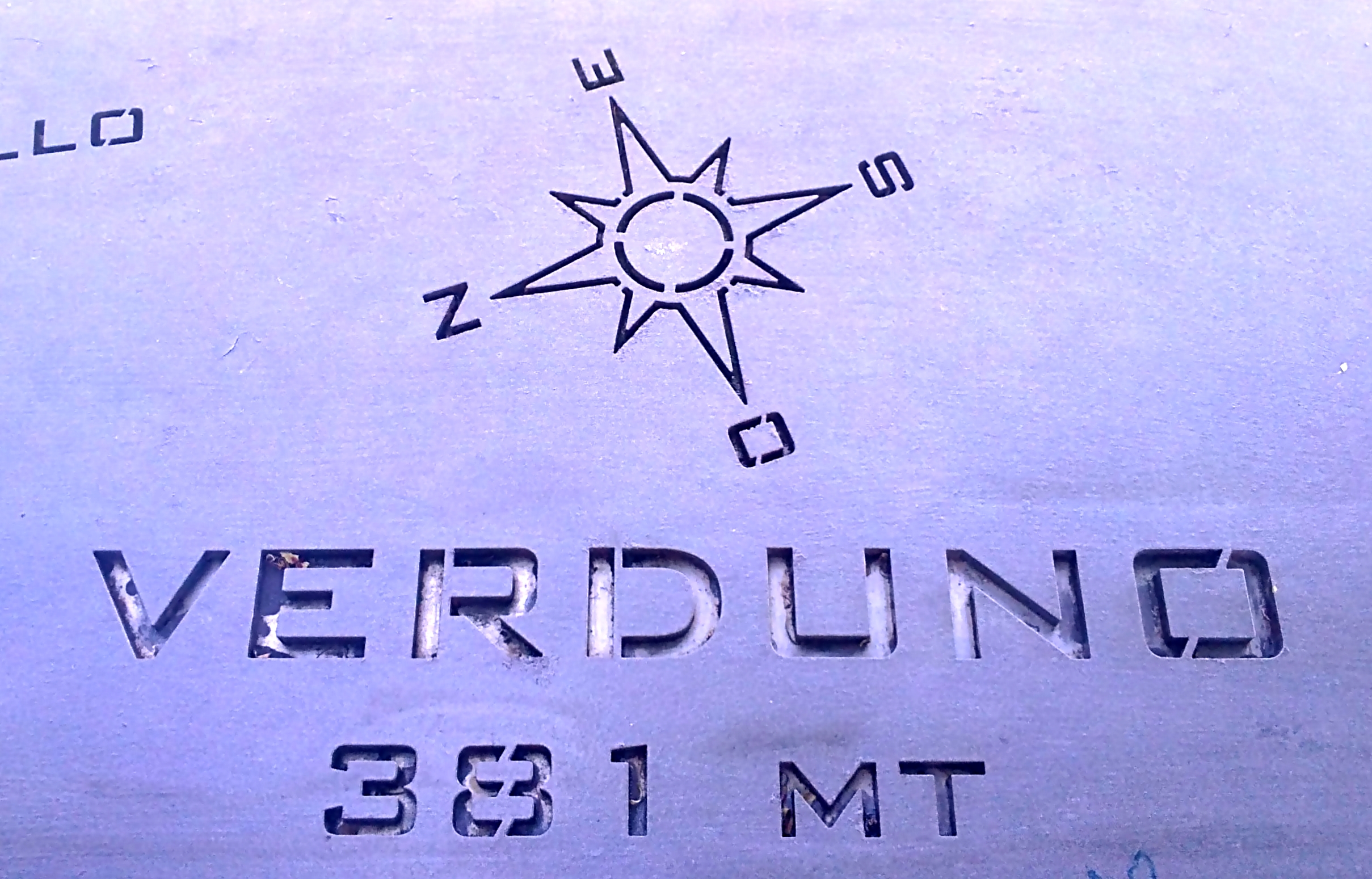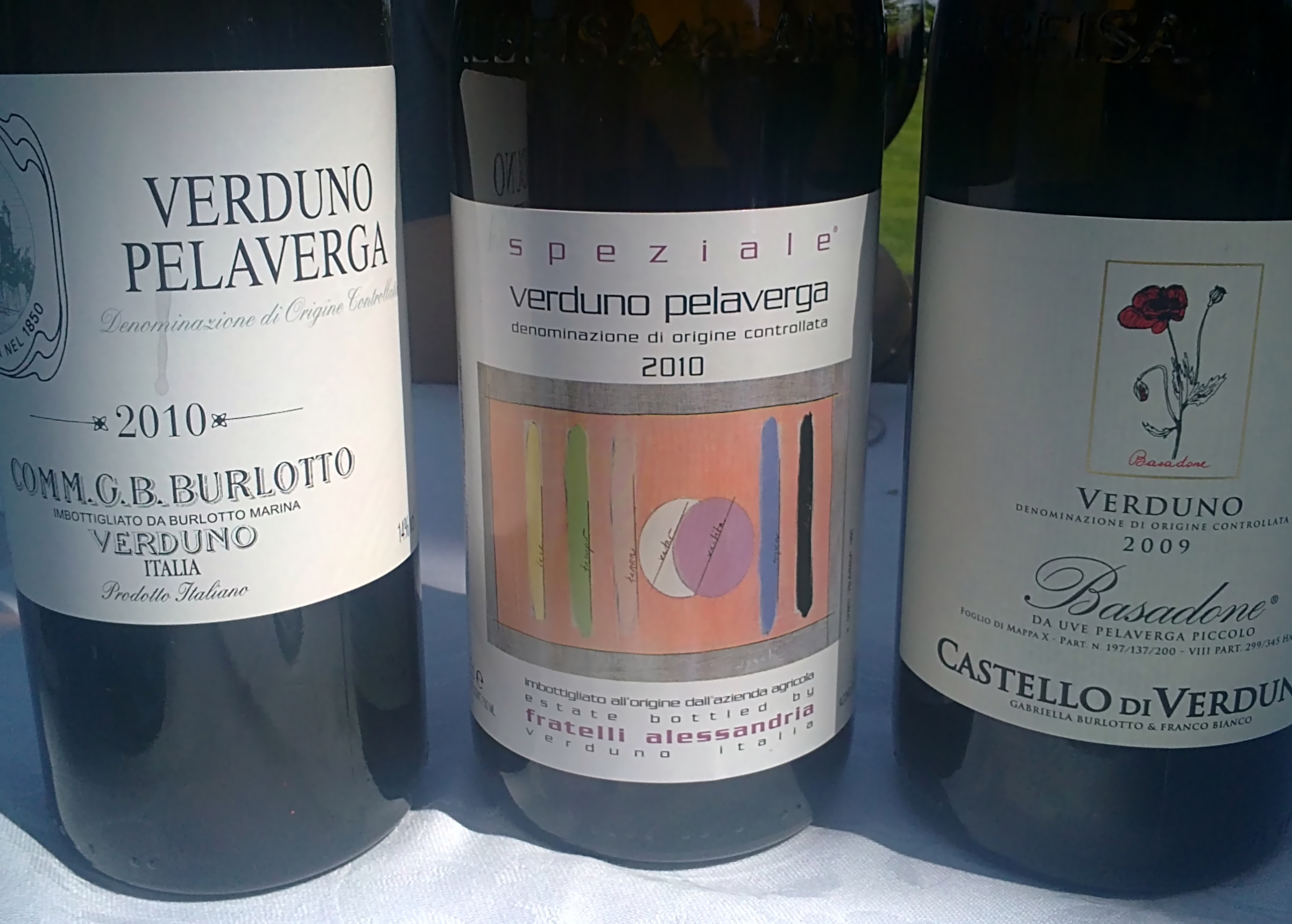Verduno mon amour
Posted on 13 May 2011
Verduno is a small village of 500 souls. It lies at the border of the Barolo appellation. There are maybe a dozen estates here, mostly very small ones. Only three better-known names: Burlotto, Castello di Verduno and Fratelli Alessandria. They have united in a friendly association to promote Verduno as a source of good wine, and organised a memorable tasting on the Verduno panoramic terrace.
Verduno has one outstanding grand cru vineyard: Monvigliero. A superbly exposed amphitheater, it has produced great Barolo ever since the 1970s when the single vineyards were explored more systematically. But until very recently nobody cared about the other crus here. Massara, Neirane, San Lorenzo or Rocche dell’Olmo were just modest seconds crus with no resonance. It’s only through the effort of the above-mentioned producers, but also warmer, more consistent vintages that these wines have emerged as some of the most interesting in Barolo. It certainly has been the case both last year with the 2006 vintage and now with 2007. 2008 appears to be even more exciting here: a fresher season that made crisper wines throughout Piedmont, it’s a great match with Verduno’s innate freshness of fruit and light body. We were served a preview of three Barolos (all still ageing in cask) and all had that inimitable fresh strawberry, tulipy, almost grassy bouquet of Verduno with lovely elegance on the palate. Burlotto’s Acclivi was the lightest of the three and also the most haunting. These are, so to speak, the Beaujolais of Barolo, and I say this in a good sense.
With all their inherent lightness the Verduno Barolos age really well. The Castello di Verduno Monvigliero 1989 had a complex aged bouquet but a surprising uplift mentholly, almost camphor-like power on the palate. Alessandria’s Monvigliero 1985 (from magnum) was more advanced, with that inimitable mineral, forest-floor aged Barolo nose; softer and richer than the 1989, it ended on a chocolatey note. The wine of the day and likely the wine of the week was a double magnum of Burlotto’s Monvigliero 1988. Fresh as a daisy at age 23 with the soft elegant fruit of a raspberry coulis, it is just untouched by time: a wow wine that shows the miracle of Barolo.
Verduno has another ace up its sleeve: Pelaverga, an ancient indigenous grape that almost got extinct in the 1970s but now is grown on 20 hectares and produces one of the most racy, perfumed, spicy, engaging red wines of Italy. It is even more Beaujolaisian and joyful than Verduno’s Nebbiolo. A rare gem, but Pelavergas from our three producers (all of which are very good; Burlotto’s the lightest, almost a rosé, while Alessandria’s is the densest and fruitiest) should be readily available on most markets. Give it a try when you can.
(I wrote this article about Pelaverga in Polish; the Google translation is here).
Disclosure
My trip to Piedmont including flights, accommodation and wine tasting programme is sponsored by the Albeisa association of wine producers.




